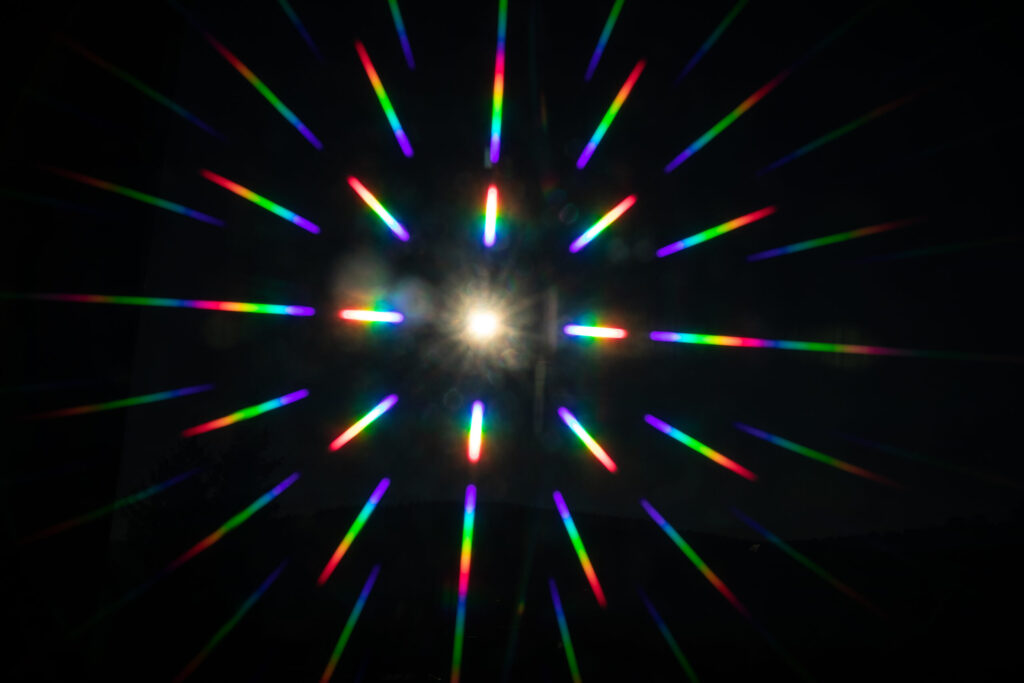Cevians Introduces the Night Vision Filter for Incandescent Lamps
A pivotal event in military history occurred in 1984 when Cevians developed an incandescent lamp filtering component. This invention revolutionized pilots’ ability to navigate at night.
Following this invention, other technological evolutions were made in the same realm. The design concept centered around adding a filtering component around the incandescent light bulb. This led to the designing and manufacturing of various filtering components with ring-like geometries or domes. The filtering components would comprise special glasses proprietary to Cevians, which have developed unique glass chemistries. The chemistries would have optical characteristics allowing the glass to be molded, machined, and polished. These unique glass formulations could absorb near-infrared and infrared lights for the tungsten lamp’s filament. Strong absorptive capabilities were essential as the incandescent lamp behaves as a black body emitter with more near-infrared and infrared than visible energy.
This article will explore the progression of night vision filter design and development, changing requirements, and Cevian’s innovation in this realm, leading to Cevians’ first NVISable LED launch in 2010.

The Progression of Night Vision Filters
The night vision filters’ geometry mirrored existing incandescent lamp filtering geometries used to satisfy standard illumination colors defined in MIL-P-7788. Over the years, the materials and constructions benefited from minor improvements, such as the integration of polymer materials and increased photopic transmission, but essentially remained a rather bulky light emitter. The typical lamp and NVIS filter assembly range from 0.180″ to 0.250″ in diameter and approximately 0.200″ in height. The mechanical dimensions remain the main challenge for designers of the illuminated panel, which need to integrate the components in rather complex panel geometries that include cut-outs and fixed marking locations. In addition, the filters’ metallic tops further elevate the challenge by preventing light and concentring heat at the lamp’s top surface.
The rapid development of surface mount light-emitting diode components, particularly the commercialization of “white” LEDs in 1996, significantly changed night vision illumination technologies. Initially, the market reacted with a simple reuse of strategies. It had been efficient for over a decade, and design strategies had been institutionalized. This generated demands for a new family of ring filters with absorbing characteristics optimized for white LED emissions. The objective was to replace the incandescent lamp with an LED and replace the associated filters from one to another. However, most of the related design practices and manufacturing processes remain unchanged. That is, machine a cavity in the acrylic panel material, glue in place a filtering component, and install a foam light blocker around the LED base to prevent infrared light leakage.
Science Meets Component Manufacturing
With nearly two decades of expertise in near-infrared absorbing chemistries and demonstrated success with glass and polymer materials in use on every NVIS-compatible aircraft in the free world, Cevians saw a significant opportunity for innovation.
It was the perfect opportunity to revisit the entire product approach, deconstructing all the decisions that led to the external filtering components. At the core of the innovation, the only characteristics of importance to the users were compliance with MIL-STD-3009, elimination of infrared light leakage, reduction of manufacturing cost, and, ideally, a small footprint. The LED component was assembled using automated pick-and-place machines. It was already a significant advantage over incandescent technology, which required manual assembly and soldering.
Cevian’s product development strategy was to purposefully avoid the add-on approach which had initially dominated the NVIS market. Instead, the goal was to integrate the fundamental science upstream in component manufacturing. LED surface mount components were already well documented in the literature – the LED is essentially a controlled layer stacking of arsenic, gallium, or indium material submitted to a voltage differential. To enable electrical connection, a wire conductor attaches different conducting planes. For durability, the assembly is encapsulated with silicone, epoxy, or polyurethane. In this last step, a number of rare earth materials might be included to alter the emission spectrum. It is standard practice to add yttrium aluminum garnet and cerium in the encapsulant material for an indium gallium nitride LED structure. This formulation led to the novel white LEDs that have transformed illumination in modern society.
Cevians NVISable LEDs
Seeing an unmet need in the market, Cevians material scientists embarked on the quest to develop chemistries for LED components that would satisfy all of the requirements of the MIL-STD-3009, resulting in NVIS compliance straight for the LED reel.
Instead of populating circuit cards with any LEDs requiring additional labor and materials, NVISable LEDs are assembled on the board, resulting in a NIR leak-free assembly while reducing manufacturing time. The chemistries required for this technological achievement are particularly challenging and require unique behavior under high temperatures, extreme photostability, high humidity resistance, and chemical compatibilities. Nonetheless, years of photochemistry development of organic and inorganic molecules synthesized in our California laboratories enabled the launch of Cevians’s first NVISable LED in 2010. The technology adoption rate was such that the product portfolio rapidly expanded to include various sizes and colors to satisfy particular design requirements. As a result, the total cost of ownership with reduced rework due to light leakage, elimination of other materials such as foam gaskets and filters, and elimination of several manufacturing assembly steps, including manual bonding of filters, has been improved drastically.
Cevians NVISable LEDs have dominated this niche market for over ten years and remain the staple of all major instrument manufacturers. Cevian’s roadmap for the next generation of NVISable products emphasizes MIL-STD-3009 compliance, energy efficiency, and a smaller footprint, further providing design flexibility to the engineering community.

View Cevians products referenced in this article here:

